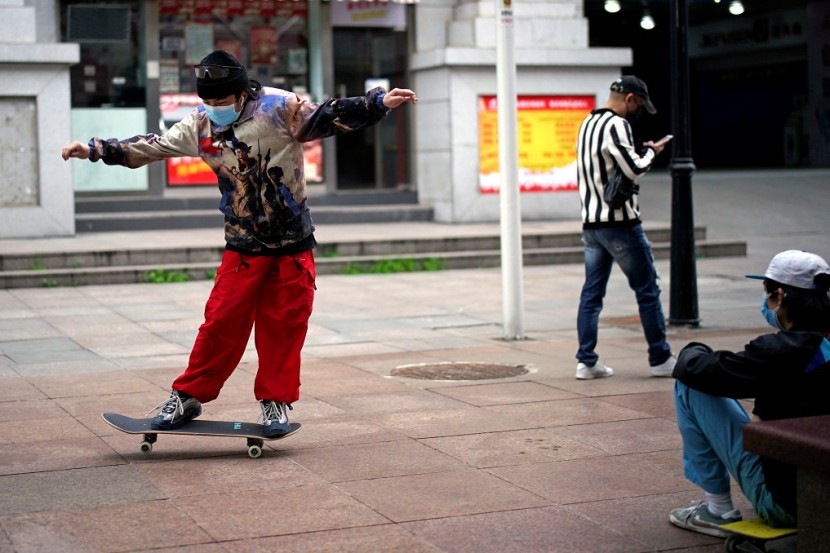
The central Chinese city of Wuhan where COVID-19 first emerged in the later part of 2019 partly reopened on Saturday after more than two months of near-total isolation.
People are now permitted to enter Wuhan but not leave.
Crowds of passengers were milling around at the Wuhan train station on Saturday after the city of 11 million people was Ground Zero for two months of isolation.
A lockdown was imposed on Wuhan in January with citizens prohibited to leave, rigid restrictions on daily life, and roadblocks ring-fencing the outskirts of the city.
Wuhan, where the coronavirus is believed to have been rooted in a seafood market and had undertaken lockdown for more than two months, was now open to incoming traffic late on Friday.
Hubei province, of which the city of Wuhan is the capital, removed border restrictions on Wednesday for all excluding Wuhan. This will allow people to leave the city beginning on April 8.
Railways stations and airports started resuming operations across the Hubei province, except for Wuhan.
Families separated by the coronavirus in Wuhan are being reunited after the reopening of the borders and allowing metro services to run.
The conclusion of a draconian two-month lockdown has allowed a semblance of normalcy to return to the city, where the epidemic first emerged in late December.
Several controls are still in place with the vast majority of shops still closed with roadblocks in place. On April 8, the airport is also set to re-open to internal flights.
After being cut off from the rest of China for two months, the reopening of Wuhan marks a turning point in the country's battle against the virus.
The capital of Hubei province recorded more than 50,000 coronavirus cases. There were at least 3,000 fatalities in Hubei due to the illness.
Imported new cases recorded
But China's figures have fallen dramatically. 54 new cases emerged the previous day but were all imported.
The major transport and industrial hub have now marked the end of its long isolation. State media showed the first officially sanctioned passenger train transported back into the city just after midnight.
"It almost feels like returning to an alien land, because I haven't been back for more than two months. So I really want to take a look," according to Gao Xuesong, an auto industry worker in Wuhan.
China is now trying to contain a series of imported cases as infections soar abroad.
At a checkpoint entering Wuhan on Friday night, three lanes were open to traffic with a few cars. A lone figure was in military fatigues standing at each lane inspecting the mobile phone health codes of arriving passengers.
Along the highway into the city of Wuhan, blue and white signs guided traffic to the now-closed Huoshenshan Hospital, which was under construction for eight days and opened in early February. This building came to epitomize China's aggressive containment of the pandemic after fumbled early attempts.








